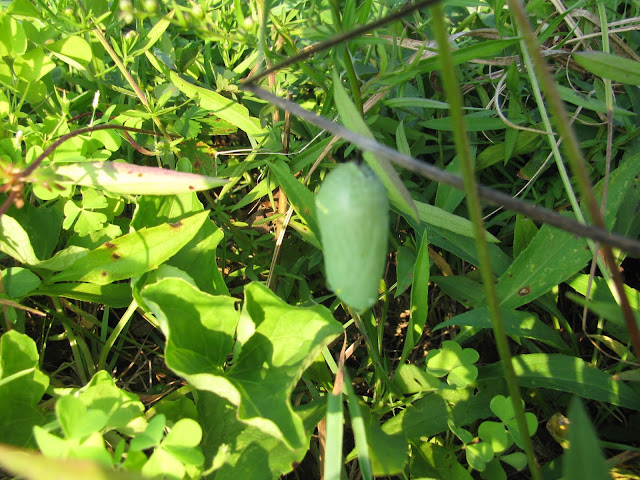Fancy
Beets sautéed in butter and dressed with raspberry vinegar.
This dish is dinner party worthy. It is a little more trouble than just roasting
beets. A friend in Boston who is an excellent
cook made it for us once. She is an
attorney who also studied at the Sorbonne and lived in Paris. It was one of those dinners that you keep
remembering after you’ve left. She said
that the recipe was from Julia Child but I could never find it. You shred fresh
beets (an easy task if you have a food processor). Then
they are sautéed with butter and finally dressed with raspberry vinegar.
If you are too
lazy to get out the food processor and clean it afterwards (like me) or don’t have one, you can
slice the beets and proceed with the recipe.
I also once added currants (see pictures). There is a picture of the shredded beets at the end of this post. I used beets from our farmer’s market. Keep them in a cool dark place to use for weeks.
Ingredients:
-
1 1b of uncooked organic fresh beets
- peeled
-
4 tb of organic butter ( I use
salted butter) or 3 tb butter plus 1 tb org. olive oil
-
Sea salt to taste
-
¼ cup homemade organic raspberry
vinegar
Shred the beets (easy in a food processor). Melt the butter (and add the oil) in a flat (fry)
pan and then add the beets, salt them and sauté them over medium heat until
tender. Turn off the heat and add the
raspberry vinegar to the beets and stir well.
Taste to make sure they are salty enough.
Organic butter is available in bulk at Costco –
it keeps well in the freezer. If you
would like to use less fat, then steam the beets by cooking with a few
tablespoons of water (and maybe 1 tablespoon of butter). Sauté the beets in a little butter for a few
minutes then add the water and put a lid over the pan to steam them.
Raspberry
Vinegar:
We always have ever bearing raspberries. Even if you don’t have much sun, you can plant
them in your yard and you can have fresh raspberries from August to early November
or the first frost. For raspberry
vinegar I just put some organic vinegar in a pan and heat it to a boil, turn it
off, put some raspberries in (as many as you can spare), smash them and add a
little organic sugar (we buy this in bulk at Costco). Organic white vinegar (available at Whole
Foods) is also very inexpensive and can be used for fruit vinegars of all
kinds.
Ingredients:
-
1 cup organic vinegar (white or
apple cider are good choices)
-
¼ to ½ cup organic raspberries
(frozen organic raspberries are easy to find and work well)
-
1 tablespoon organic sugar or honey
Cooking
Heat the vinegar and sugar to a boil. Turn off the heat and poor in the
raspberries. If you are using frozen
raspberries, then do not turn off the stove, but cook for a minute or so until thawed. Smash the
berries into the vinegar with a potato masher or fork. You can strain it if you like (sometimes I
just use it with the pieces intact).
Refrigerate the vinegar when not using it. If you are giving the vinegar as a gift,
filter the raspberry pieces out and then reserve a few intact raspberries to
add after bottling. AGAIN – KEEP
REFRIGERATED.










